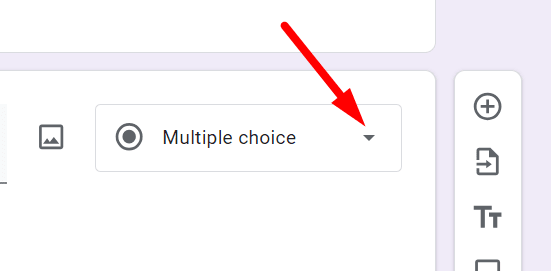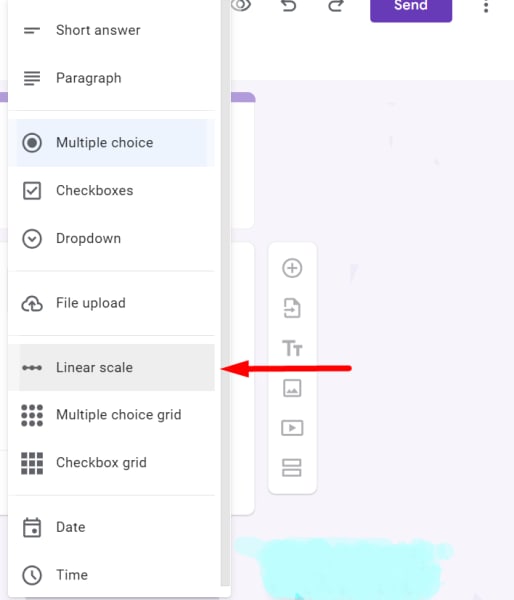How to Add Linear Scale to Google Forms (5 Steps)
Fast navigation
In just 5 steps, this guide will show you how to add a linear scale question in Google Forms.
Linear scale questions are used to go beyond simple yes/no answers, capturing the shades of opinion among your respondents.
Follow these detailed steps and you’ll end up with a nice & simple Google Form with linear scale questions.
Steps:
- Go to Google Forms
- Give Your Form a Title
- Add a Linear Scale Question
- Configure Your Linear Scale Question
- Preview Your Form
Step 1: Go to Google Forms
Open Google Forms. Select a template to modify or click on the ‘+’ icon to start a new form.

Step 4: Configure Your Linear Scale Question
Now, it’s time to customize your linear scale question. This part is very important.
Type in your question in the “Untitled Question” field.
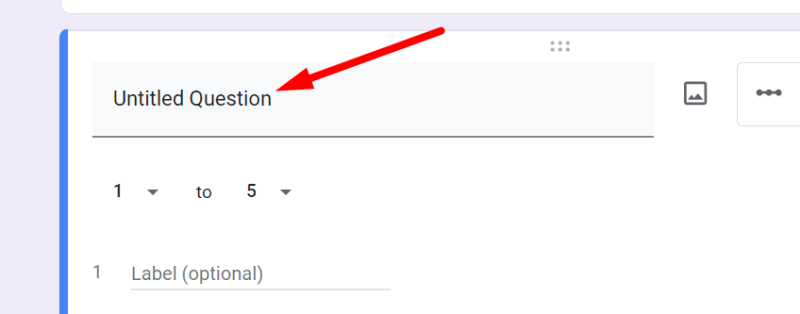
Set the scale range, which can be from 1 to 5, 1 to 7, or any other range up to 10. This will depend on the granularity of feedback you’re seeking.

Rank the scale. Though optional, adding labels for the lowest and highest values can provide clearer guidance for respondents. For instance, 1 could be “Not at all satisfied” and 5 “Extremely satisfied”.
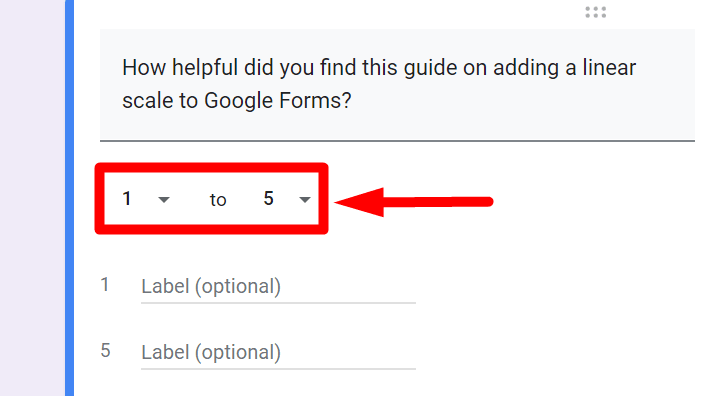
Step 5: Preview Your Form
Click on the eye icon in the upper right corner to preview your form. This allows you to see how the linear scale question will appear to respondents. Ensure the question is clear and the scale is correctly set.

Finished!
Advanced Tips for Maximizing Engagement with Your Linear Scale Question
Customizing the Look: While the default appearance of Google Forms is neat and functional, personalizing the form can increase engagement.
Click on the palette icon in the top right to change the theme color or add a header image related to your survey’s topic.

Experimentation with Scale Ranges: Not all questions will fit neatly into a 1-5 scale. Depending on your audience and the nature of the question, testing different ranges (e.g., 1-10 for more nuanced responses) can provide deeper insights.
Analyzing the Responses: Once your form is live and responses start coming in, click on the “Responses” tab to analyze the data.

Google Forms provides basic analytics, but for more in-depth analysis, consider exporting the data to a Google Sheet.
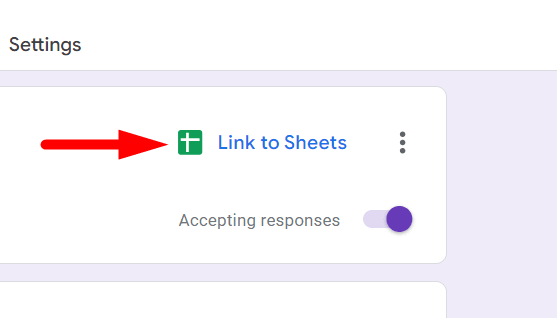
By following the steps outlined above, you've now mastered how to add a nuanced, linear scale to your Google Forms.
This simple yet powerful tool can transform your surveys, enabling you to capture the rich spectrum of your audience's opinions and preferences.
Experiment with different scales and labels to discover what resonates best with your respondents and unlocks the most valuable insights.


